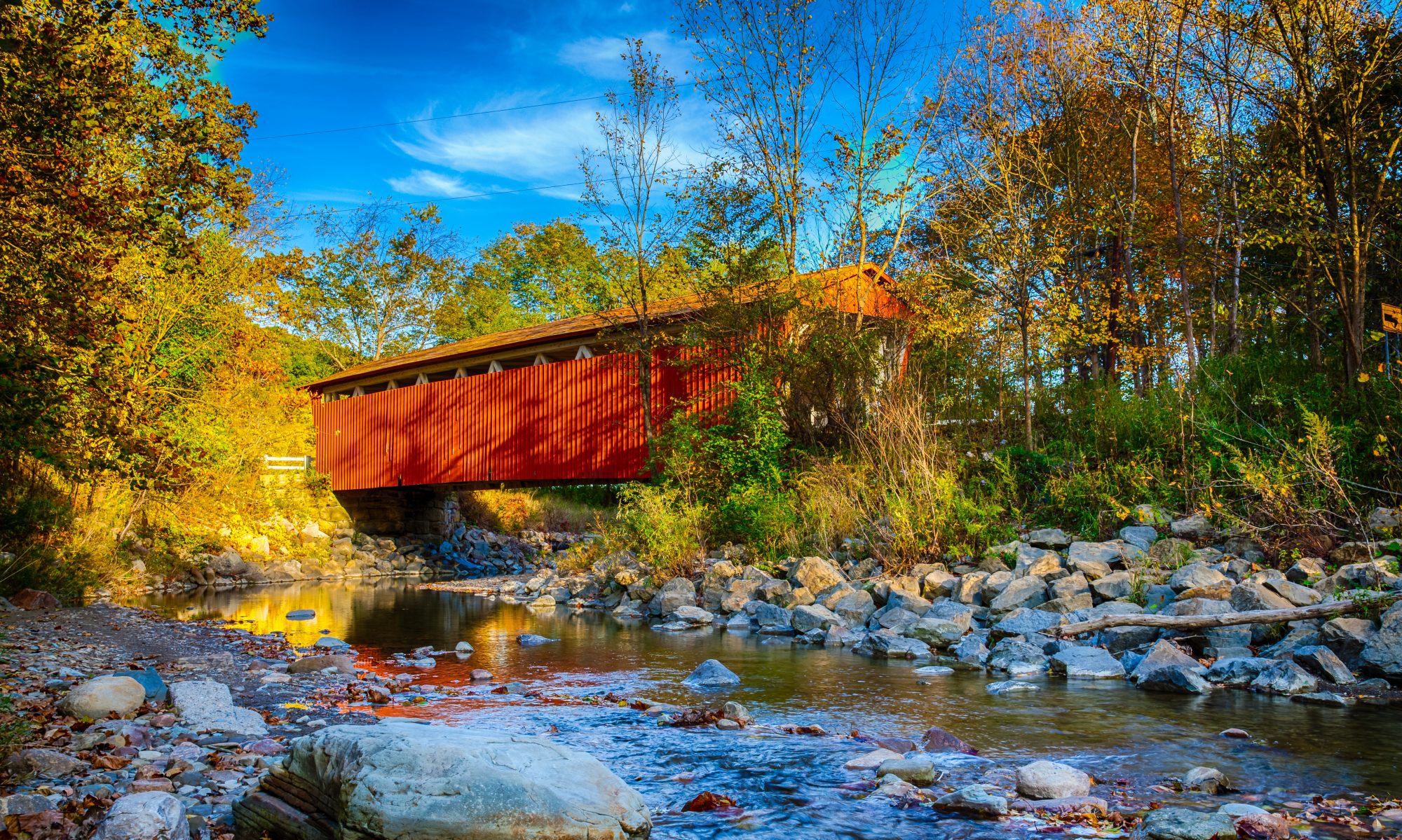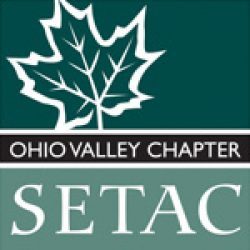A Short History Of The Ohio Valley Regional Chapter
— Barbara Ramey , 2002
Over the last several years, several new members have joined the OVC. The board thought it was appropriate to review the history of our organization and keep a perspective of how far we have come. To this end, I was appointed as historian for OVC SETAC and I hope to maintain records that will remind long-term members of productive meetings and enjoyable companionship while giving new members insight into the history of our organization.
When OVC was founded in 1984, we were known as the Indiana/Kentucky/Ohio (IKO) Chapter. The name change was brought about in 1992 by a need to look at our membership as a cohesive group rather than representatives of three states. Our meetings were small, 40–50 attendees, and our board of directors meetings centered as much on selecting the food for the annual meeting as it did on deciding the issues to be discussed. The OVC has grown to close to 100 members, several corporate affiliates, and it is now offering professional development workshops along with discussions of topics that are timely and of both regional and national interest. The services to students in the region have also expanded, providing an outlet for presentation of student research and an opportunity to become involved in the structure of OVC by serving on the Board of Directors. In 1993 the Board established a student paper award in memory of a founding member of the Chapter, Marian Vinegar. The chapter is now working on ways to increase the value of the Marian Vinegar Award in recognition of the needs of students to participate in their professional society.
Over the years we have addressed many timely and interesting topics and have held meetings at many locations in the tri-state area. As you can see from the list below, we have continually provided a forum for discussions on a wide range of environmental issues.
-
1984: Miami University, Oxford, OH
-
1985: Lilly Research Laboratories, Greenfield, IN, “Current Issues Surrounding the Biological Evaluation of Effluents”
-
1986: Spindletop Hall, Lexington, KY, “Environmental Safety Issues in the Tri-State Region – From Data to Directives”
-
1987: Huston Woods State Park, Oxford, OH
-
1988: Shakertown of Pleasant Hill, KY, “Environmental Issues of Public Concern”
-
1989: Spring Mill State Park, Mitchell, IN, “Environmental Clean-up: Priorities and Solutions”
-
1990: Cincinnati Nature Center, Cincinnati, OH,“Waste Management: Crisis or Control”
-
1991: Museum Center at Cincinnati Union Terminal, Cincinnati, OH, “Confronting Difficult Environmental Issues”
-
1992: U.S. EPA Environmental Research Center, Cincinnati, OH, “Confronting Difficult Environmental Issues”
-
1993: Indianapolis Zoo, Indianapolis, IN, “Regional Approaches to Complex Issues: A Ten-Year Perspective”
-
1994: University of Dayton, Dayton, OH, “The Role of Risk Assessment in Public Policy”
-
1995: Miami University, Oxford, OH,“Perspective on the Environmental Revolution”
-
1996: Eastern Kentucky University, Richmond, KY, “Bridging the Gap Between Ecological Risk and Sustainable Development”
-
1997: Indiana University, Bloomington, IN,“Environmental Law and Science: Working Together?”
-
1998: Ft. Ancient State Park, The Little Miami River, and Wright State, Dayton, OH, “Regional Scale Issues in Environmental Assessment”
-
1999: Clifty Falls State Park, Madison, IN, “Water Quality Assessment in the Ohio River Basin”
-
2000: Houston Woods State Park, Oxford, OH, “Environmental Assessment and Data Evaluation: from the Molecular to Landscape Scale”
-
2001: Miami University, Oxford, OH, Workshop: Molecular Techniques in Ecological Toxicology, “Landscape Approaches to Environmental Assessments”
-
2002: University of Louisville, Louisville, KY,Workshop: Using GIS to Address Toxicological Questions, “Molecular Approaches to Toxicological Problems”
-
2003: USEPA Breidenbach Environmental Research Center, Cincinnati, OH, “Emerging Challenges for Environmental Science in the Ohio Valley Region”
-
2004: American Electric Power, Columbus, OH, “Ecological and Human Health in the Great Lakes and Ohio Valley: Assessing the Present Situation”
-
2005: U.S. EPA Breidenbach Environmental Research Center, Cincinnati, OH, Joint Meeting with Society of Risk Analysis
-
2006: Indiana-Purdue University, Fort Wayne, IN, “OVC Graduate and Undergraduate Research Symposium”
-
2007: Procter and Gamble research facility, Cincinnati, OH, “Emerging Contaminants in the Environment”
-
2008: Indiana University, Bloomington, IN, “Pharmaceuticals and Personal Care Products in the Environment: What are the Risks and are Actions Needed?”
-
2009: U.S. EPA Breidenback Environmental Research Center, Cincinnati, OH, “Nanotechnology: Risks and Benefits”
-
2010: John S. Wright Center, Purdue University, West Lafayette, IN, “Restoring and Protecting Watersheds: Graduate and Undergraduate Research Symposium”
-
2011: Cleveland State University, Cleveland, OH, “Urban Restoration, Remediation, and Risks and Other Topics in Environmental Science”
- 2012: Miami University, Oxford, OH, “Environmental Solutions to Stressors in a Changing World”
- 2013: Michigan State University, East Lansing, MI. September 20. Joint meeting with Michigan Society of Toxicology. Theme “Exchanging Information Between Environmental and Human Health Disciplines”. Plenary Speakers: Jack Harkema – Michigan State University: The Interface of Health Effects caused by the Cardiometabolic Syndrome and Exposures to Air Pollutants; Keith Grasman – Calvin College: Canaries in the Coal Mine: Fish-Eating Birds as Sentinels for Pollution in Aquatic Ecosystems.
- 2014: Indiana University, Bloomington, IN. September 25 – 26. Theme “Contaminants in the Great Lakes Region”. Plenary Speakers: Daniel Sparks – USFWS: Bloomington PCBs: Past, Present and Future?; Jim Lazorchak – USEPA: Great Lakes Areas of Concern (AOC): U.S. EPA Research on Assessing Remedy and Restoration Success; Ron Hites – Indiana University: The Great Lakes’ Integrated Atmospheric Deposition Network
- 2015 – 2017: No Meeting
- 2018: Ohio State University, Columbus, OH. April 20. Revitalization meeting co-sponsored with the Society for Risk Analysis Ecological Risk Assessment Specialty Group. Theme “New tools and technologies: Human health and ecological risk assessment”. Plenary Speakers: Mariana Cains – Indiana University: Unintended Consequences: Perspectives on Synthetic Biology Risk Assessment; Joe Shaw – Indiana University: How the struggle for survival reveals molecular pathways of toxicity.
- 2019: U.S. Army Corps of Engineers, Louisville, KY. April 4 – 5. Theme “Emerging Contaminants: Impacts, Challenges, and Advances”. John Bock and Jade Young provided an overview of the U.S. Army Corps of Engineers Mission and Water Quality Program. Karen Keil gave a plenary titled “The Manhattan Project’s Environmental Legacy and Associated Emerging Contaminants: We’re still cleaning up some 75 years later”, Judy Strawhecker provided a plenary titled “Emerging Contaminants and the Formerly Used Defense Sites (FUDS) Program”, Susan Glassmeyer presented a plenary titled “Contaminants of Emerging Concern During De Facto Water Reuse”, and Jim Lazorchak delivered a plenary titled “What are Contaminants of Emerging Concern – Examples of biological and chemistry approaches to their detection, exposure, and effects.”
OVC SETAC has a strong history of service to the region through our meetings and workshops, and we hope to continue this tradition in the years to come.

